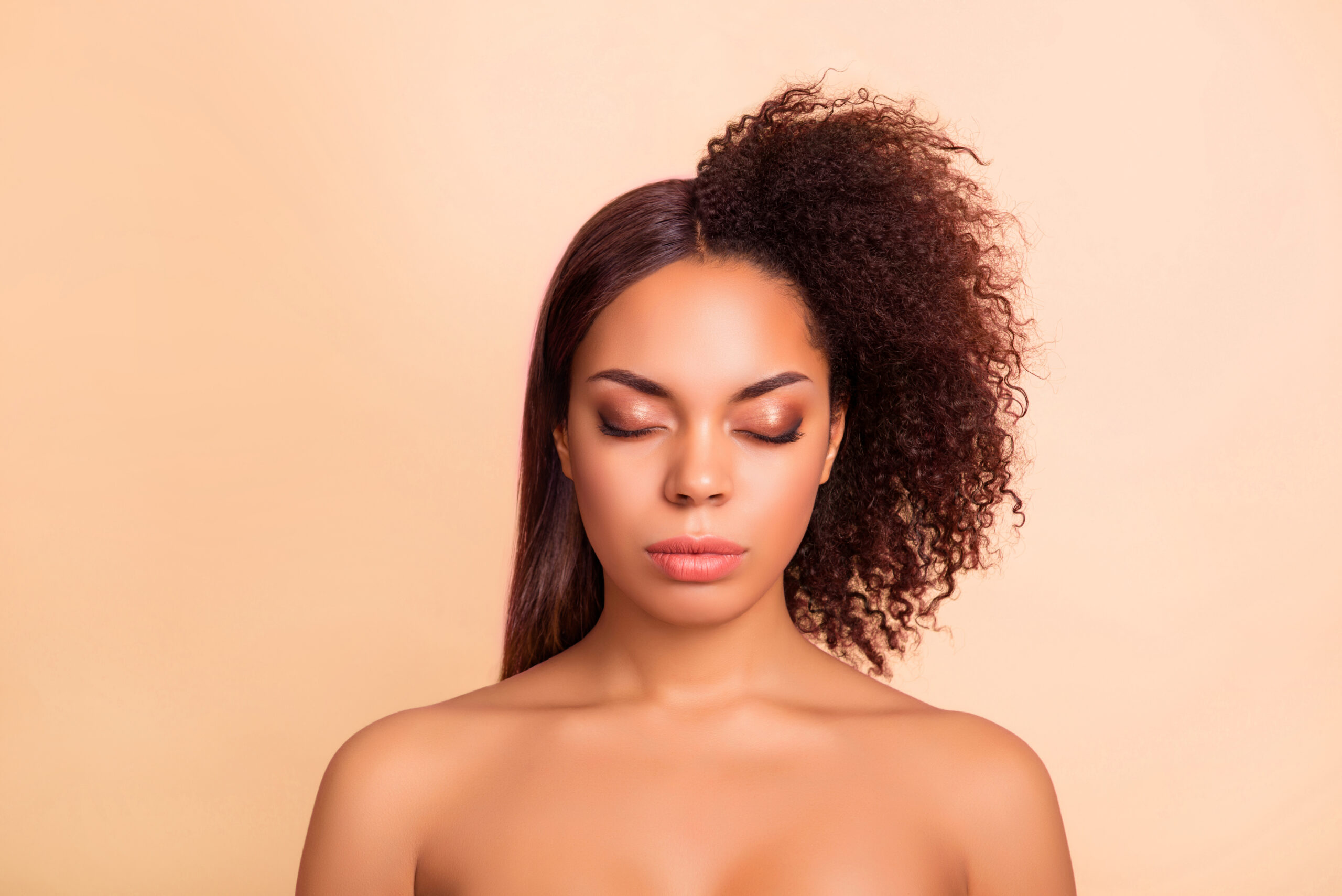While silk presses and keratin treatments have been go-to options for women looking to straighten their hair, some are turning their attention to the more permanent solution of Japanese hair straightening. Although this method is gaining more and more popularity, understanding what’s actually involved is crucial before booking that salon appointment.
What Is Japanese Hair Straightening?
Japanese hair straightening, also known as thermal reconditioning, is a chemical treatment that permanently alters the structure of your hair to make it bone-straight. The technique was developed in Japan in the late ‘90s and popularized globally by the Yuko System, the first patented method.
The process begins with applying a chemical solution that breaks down the protein bonds in the hair. Once those bonds are loosened, the hair is carefully flat-ironed into a new, straight shape. After that, a neutralizer is applied to lock in this straightened structure. The end result is smooth, frizz-free hair that stays straight through humidity, sweat, and washes, lasting for months, until your natural curls grow in.
Why It’s Trending Among Black Women
For some Black women, Japanese hair straightening has become a tempting alternative to traditional relaxers. It promises long-lasting straightness, a sleek and polished finish, and freedom from the constant need to re-style or re-flat iron. The appeal is especially strong for women who want a low-maintenance routine but still love the look of straight hair. In a beauty culture that increasingly embraces versatility, the idea of rocking your natural texture one year and switching it up the next can be empowering.
Japanese hair straightening wasn’t originally designed for tightly coiled or Afro-textured hair, however. It was created with East Asian hair in mind, which is typically stronger and less porous. Because of this, the process can pose serious risks to Black hair, especially if it’s Type 3C to 4C. The combination of strong chemicals and intense heat can weaken already delicate strands, leading to breakage, thinning, dryness, or even permanent damage to the curl pattern. Some women also experience scalp irritation or shedding in the weeks following treatment.
As your hair grows out, the contrast between your straightened lengths and your natural roots can become difficult to manage. This creates a demarcation line that, if not handled carefully, can lead to more breakage. Over time, maintaining a consistent look requires frequent touch-ups, and that in itself can create a cycle of overprocessing.
While the results of Japanese straightening can look flawless, the upkeep is no joke. Your newly straightened hair won’t revert, but your roots will still grow in with your natural texture. That means dealing with a mix of textures over time, which can make styling tricky. Touch-ups are typically needed every four to six months, and they require precision to avoid overlapping the previously treated hair. Without careful maintenance, the risk of damage only grows with each session.
Is It Worth It?
Whether Japanese hair straightening is “worth it” really depends on your hair type, goals, and tolerance for long-term maintenance. For women with looser curl patterns like 2C to 3B, it may work more safely, especially when done by a skilled professional who knows textured hair. But for tighter coils, the risk-to-reward ratio becomes much more complicated.
If you’re considering it, consult with a stylist who has actual experience working with Black hair and specifically with Japanese straightening.
The number one thing to confirm is whether your stylist has experience with textured hair, not just wavy or thick hair, but coils and curls like yours. Ask to see before-and-after photos, especially of clients with similar hair types. Make sure they’re willing to perform a strand test to gauge how your hair will react to the treatment. Pay attention to how transparent they are about risks. A good stylist will give you honest advice, not just a sales pitch.
